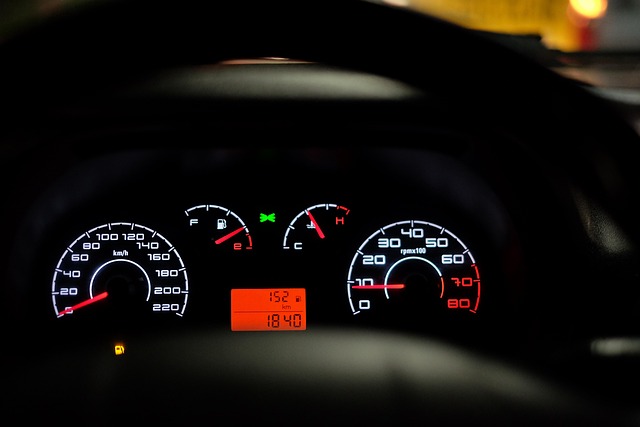Car repossession due to non-payment of car title loans severely restricts borrowers' ownership rights, with lenders legally entitled to sell repossessed vehicles. However, many states allow reinstatement within 30 days to a year, emphasizing the urgency of timely action. Reinstating a repossessed vehicle involves settling outstanding debt (through negotiations or lump-sum payments), paying off existing loans/liens for a clear title, and applying for a new car title loan secured by the vehicle's title. The time for reclaiming a repossessed car varies from 10 to 30 days, depending on location, requiring specific documentation and proof of repayment plans to comply with local laws. Understanding car title loan reinstatement processes is crucial to avoid future legal issues.
“Repossessed vehicle owners often wonder: how much time do I have to get my car back? Understanding the timeline for reinstating a repossessed car, especially after a car title loan, is crucial. This guide breaks down the process and essential legal considerations. From discovering the repossession to fighting back and reclaiming your vehicle, we’ll navigate the steps, including typical time frames. Get ready to explore your options and take control of your transportation.”
- Understanding Car Repossession and its Impact
- The Process of Reinstating a Repossessed Vehicle
- Time Frames and Legal Considerations for Reinstatement
Understanding Car Repossession and its Impact

Car repossession occurs when a lender takes back possession of a vehicle from its owner due to non-payment of a loan, typically associated with a car title loan. This can significantly impact the borrower’s ability to regain vehicle ownership. The process and time frame for reinstating a repossessed car vary based on state laws and the financial institution involved.
Understanding the consequences of repossession is crucial. Once a vehicle is repossessed, the owner loses direct control over it. Lenders often have a right to sell the repossessed asset to recover their losses, which can make reinstatement challenging. However, borrowers might be able to reclaim their vehicle by fulfilling outstanding payments, including any fees and interest, within a specified timeframe. This process requires urgency as many states have limited windows for car title loan reinstatement after repossession, often ranging from 30 days to a year.
The Process of Reinstating a Repossessed Vehicle

The process of reinstating a repossessed vehicle involves several crucial steps. First, the owner or the designated party must address the outstanding debt and any associated fees to regain control of the vehicle from the lender or repossession agency. This typically requires negotiating with the lender to create a repayment plan or arranging a lump-sum payment to settle the balance. Once the financial aspect is resolved, the individual needs to secure the necessary documents for a car title loan reinstatement after repossession.
This includes obtaining a clear title, which might involve paying off any existing loans or liens on the vehicle. After acquiring a clean title, the next step is to apply for a new car title loan, often through specialized lenders who cater to such situations. These loans are secured by the vehicle’s title, making them accessible to those with less-than-perfect credit. The funds from this loan can then be used to facilitate the title transfer process, officially returning the vehicle to its owner’s possession. For other types of vehicles like semi trucks, a similar process applies, albeit with lenders and legal procedures tailored to commercial fleets.
Time Frames and Legal Considerations for Reinstatement

The time frame for reinstating a repossessed vehicle varies significantly depending on local laws and regulations. In many jurisdictions, there is a legal window during which the original owner or their representative can reclaim the car after repossession. This period often ranges from 10 to 30 days, providing a temporary reprieve before the title transfer is finalized. During this time, individuals have the opportunity to resolve any outstanding issues, such as catching up on missed payments or addressing legal disputes, to regain possession of their vehicle.
Understanding the specific laws regarding car title loan reinstatement after repossession is crucial. Financial institutions and lenders must adhere to these regulations, which often include stringent requirements for documentation and proof of repayment plans. While fast cash solutions might seem tempting, those facing repossession should consider a more strategic approach, especially if they are exploring options like debt consolidation. A thorough understanding of the reinstatement process can help individuals make informed decisions, ensuring they meet all necessary criteria to reclaim their vehicle without further legal complications.
Understanding the time required for car title loan reinstatement after repossession is crucial for anyone facing this situation. The process involves several steps, including resolving outstanding debts, meeting legal requirements, and potentially rectifying any issues that led to the repossession. While there’s no one-size-fits-all timeline, having a clear understanding of these factors can help expedite the reinstatement process. Remember, timely action and proactive communication with lenders are key to regaining control of your vehicle.






